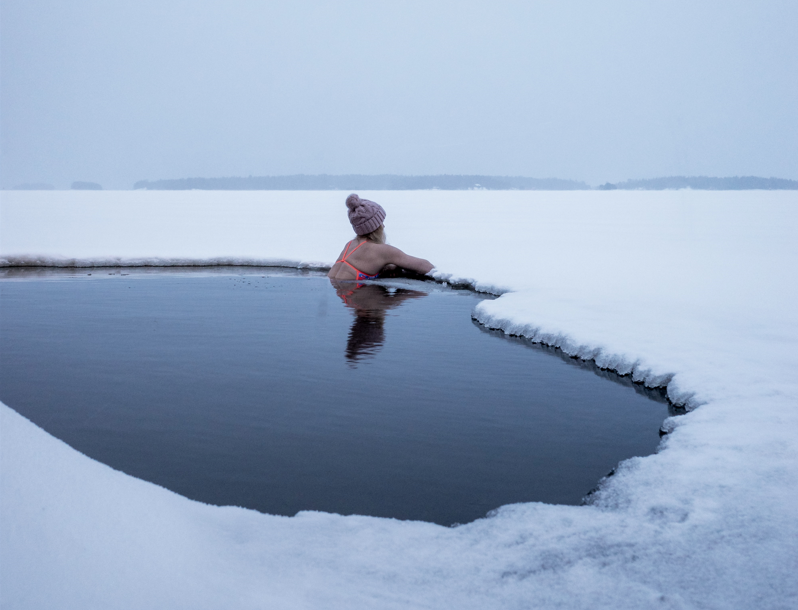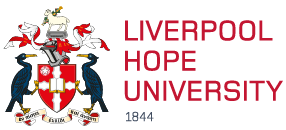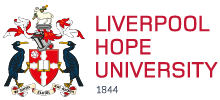An academic from Liverpool Hope University has contributed to a prestigious new ‘Expert Statement’ issued by the British Association of Sport and Exercise Sciences.
The Statement itself concerns the use of cooling therapies for post exercise recovery - including ‘ice baths’ and cryotherapy sessions often relied-upon by elite athletes.
And it’s been published by the British Association of Sport and Exercise Sciences (BASES) as part of the professional body’s ongoing mission to provide ‘concise, evidence-based guidance on a range of topics which have been identified as of interest to sport and exercise scientists’.
Hope’s Dr James Malone, Senior Lecturer in Coaching Science, helped shape the Statement, alongside colleagues from other universities, having been involved in several studies concerning cooling therapies in recent months.
And it draws a number of conclusions and recommendations, explaining why the potential benefits of such treatment are still up for debate.
The report states: “Cooling therapies remain one of the most popular post exercise recovery strategies used by both professional and recreational athletes.
“Cooling is purported to reduce blood flow and tissue temperature, which subsequently improves functional recovery and perception of muscle soreness.
“However, the practical application of cooling therapies varies, and some practitioners may be unaware of the mechanistic rationale or the margins for safe application.”

The cooling therapies examined cover cold water immersion (CWI), whole or partial body cryotherapy (WBC or PBC), and phase change material (PCM) - ie, cooling pads.
But, as the Statement points out, these therapies might actually hamper performance in some instances - and athletes need to consider lots of different factors before taking the cold plunge.
The report adds: “If there is sufficient time for recovery between exercise bouts and fatigue is not excessive, then athletes are encouraged to recover naturally without the need for additional cooling interventions.
“It must also be noted that when exercise sessions are in close proximity, the use of cooling therapies may actually hinder subsequent performance and are therefore not recommended.”
Academics from the University College Dublin, University of Portsmouth, Ulster University and the University of Central Lancashire also helped to compile the Statement.
And the publication fellows separate enquiry into the topic made by Dr Malone.
In March this year, Liverpool Hope University-led research - published in the journal Biology of Sport - examined the use of whole-body cryotherapy chambers to protect top flight footballers from injury.
One interesting finding revealed how one of the player groups probed displayed a ‘significant reduction’ in salivary immunoglobulin - aka ‘IgA’ - concentration post-match. That indicates a less than optimum immune system, and which could leave players open to infection while also having a knock-on effect on performance.
Dr Malone commented: “Whole Body Cryotherapy is used to accelerate the recovery profile in players and this year it has been more important than ever before, with clubs enduring a more congested season and having had a limited pre-season.
“And our findings suggest we actually need more research into the benefits of Whole Body Cryotherapy to aid this recovery.
“When the immune system is suppressed and IgA levels reduced, you see an increased risk of respiratory illnesses like colds and flu.
“If a footballer picks up an illness, they might be unable to train or play matches for a few days, having a huge knock-on effect for the team, while there’s also the risk of fatigue.”
Meanwhile a further study released in October this year uncovered ‘inconsistencies’ in the application of post-exercise ice baths among a group of elite sportspeople.
That report, led by Dr Robert Allan, Lecturer in Human Physiology at the University of Central Lancashire, found more than half of the respondents used a water temperature outside of the recommended range of 9 - 15°C and only 14 percent spent the recommended duration of 10 - 15 minutes in the water.
Contributing author Dr Malone added: “This study highlights some of the potential gaps that can occur between what the science is telling us and what actually happens in practice.
“Obviously, in the lab we are able to control things much more tightly compared to out in the applied setting, but our data suggests that coaches and athletes may not be fully educated on what best practice protocols to use for cold water immersion.”
** Find out more about the British Association of Sport and Exercise Sciences
** Discover more about the School of Health and Sport Sciences at Liverpool Hope University



